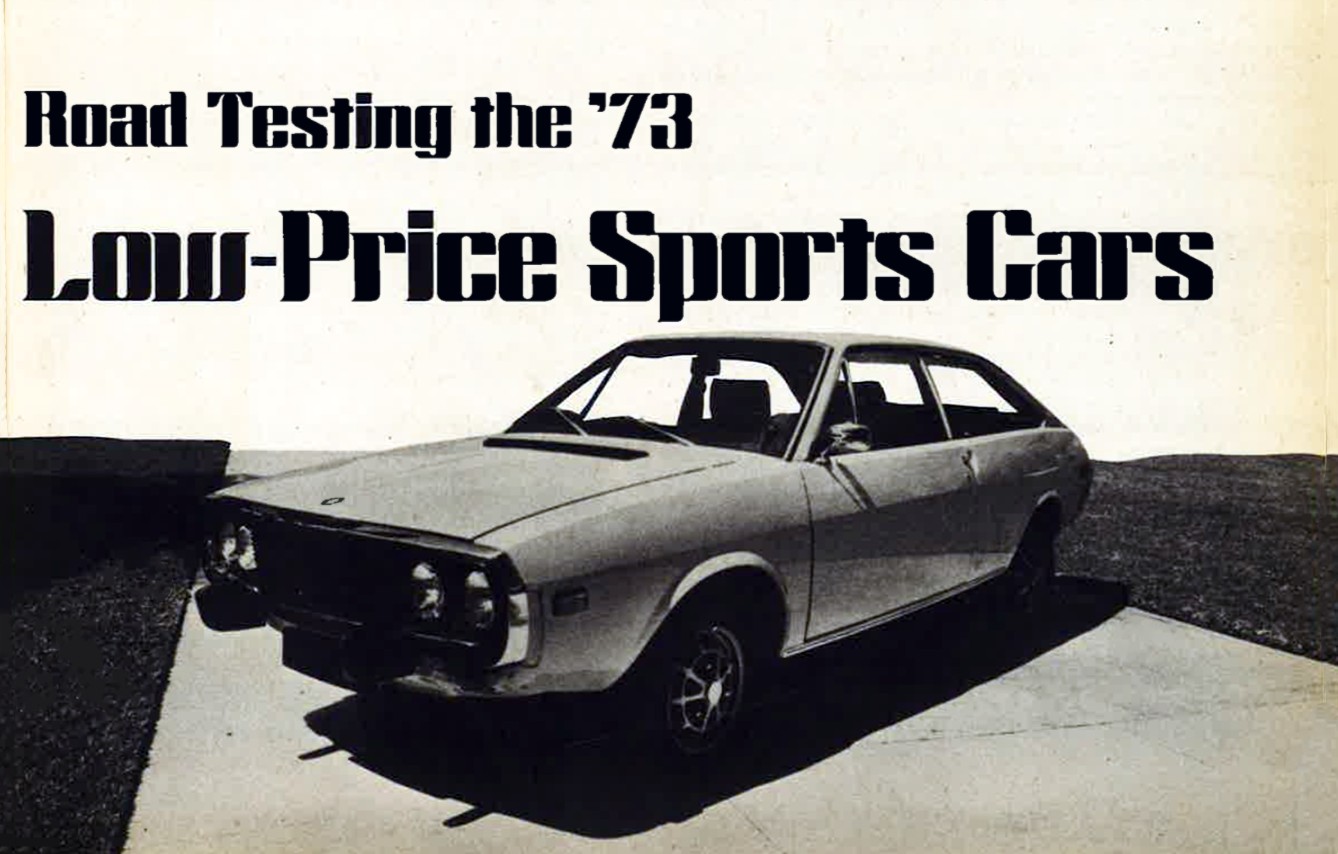From a young age, cars have been more than just machines to me; they’re a passion. While trains initially captured my fascination, the thrill of shows like Speed Racer quickly steered me towards the automotive world. Growing up as a car enthusiast, I’ve always been somewhat familiar with the automotive landscape, especially models sold in the U.S. However, stumbling upon the Renault 15 in Consumer Guide’s ’73 Auto Test magazine as part of their “Low-Price Sports Car” evaluation was a genuine surprise. I have absolutely no recollection of this model ever being available in the American market, and I’ve certainly never encountered one on the roads.
This retrospective road test featured five distinct brands, a detail that’s particularly striking today because every single one of them eventually vanished from the U.S. car market. While the Capri maintained a presence globally under the Ford banner outside North America, and Fiat later made a celebrated return in 2011, the original context of these brands in the 1973 review highlights a significant shift in the automotive industry.
To put this into perspective, let’s delve into the history of these brands in the U.S. market:
Opel: These German-engineered vehicles, produced by General Motors’ Opel division, were initially sold through Buick dealerships. This arrangement lasted until 1975. Buick continued to market Opel-badged cars until 1980, but these later models were manufactured by Isuzu, marking a change in their origin and design.
MG: A quintessential British sports car brand, MG retreated from the American market in 1980, leaving a void for enthusiasts of classic roadsters.
Fiat: Italy’s most popular automotive marque, Fiat, initially withdrew from the U.S. market after 1983. However, fueled by a partnership with Chrysler, which later evolved into Fiat Chrysler Automobiles (FCA), Fiat made a comeback in 2011, re-entering the American automotive scene.
Renault: France’s leading car manufacturer, Renault, concluded its U.S. operations in 1989, marking the end of an era for French automobiles in the American market for a time.
Mercury: While not an import, the inclusion of Mercury in this list is notable as Ford’s Mercury brand was also discontinued after the 2012 model year, representing a broader trend of brand consolidation in the automotive industry.
It’s significant to note that all the models in this 1973 comparison were imports. Historically, American automakers have produced relatively few compact sports cars. Notable exceptions include the Pontiac Fiero, and to a lesser extent, the Pontiac Solstice and Saturn Sky, which garnered attention in more recent years. While models like the Ford EXP and Mercury LN7 might be considered by some, they don’t traditionally fit into the classic sports car category.
Below is the original 1973 Low-Price Sports Cars road test from Consumer Guide, complete with technical specifications and 0-60 mph acceleration figures. Although pricing information was not included in the original article, it would undoubtedly provide further interesting context. If you have personal experiences with any of these featured cars, we encourage you to share your stories and insights in the comments section.
In conclusion, revisiting the 1973 budget sports car market offers a fascinating glimpse into a bygone era of automotive history. The brands featured in this Consumer Guide review, though ultimately departing from the U.S. market, represent a diverse range of vehicles that catered to enthusiasts seeking affordable thrills. Their legacy continues to pique the interest of car lovers today, highlighting a unique chapter in sports car reviews and automotive trends.
